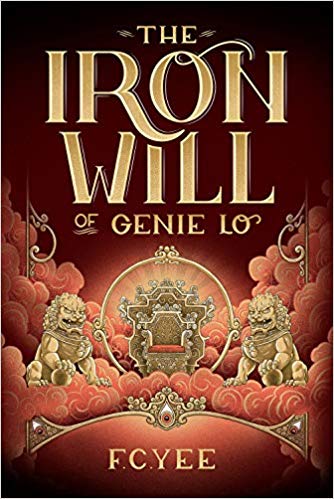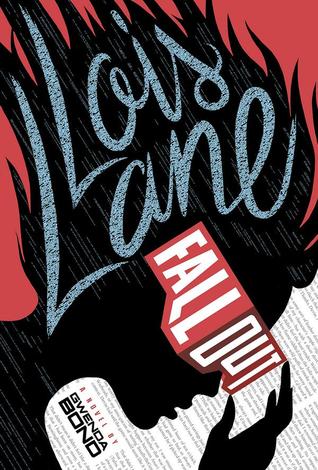The House of Silk—buy it
by Anthony Horowitz—his website
Recommended Ages: 14+
[button color=”black” size=”big” link=”http://affiliates.abebooks.com/c/99844/77798/2029?u=http%3A%2F%2Fwww.abebooks.com%2Fservlet%2FSearchResults%3Fisbn%3D9780316213127″ target=”blank” ]Purchase here[/button]
As most loiterers in library or bookstore children’s and young adult fantasy sections are aware, there’s a whole series of sequels to Peter Pan authored by Dave Barry and Ridley Pearson—a series backed by Disney. What fewer readers know is that the owners of J. M. Barrie‘s original book and play commissioned only one sequel to Peter Pan: Geraldine McCaughrean‘s Peter Pan in Scarlet. In a similar way, Laurie R. King‘s Mary Russell mysteries and Carole Nelson Douglas‘ Irene Adler mysteries are successors to the Sherlock Holmes canon created by Arthur Conan Doyle. But no official Holmes sequel was ever sanctioned by the estate of Conan Doyle—until this 2011 book by the author of the Alex Rider adventures and the creator of the BBC detective series Foyle’s War. McCaughrean’s authorized Peter Pan sequel, though excellent, is overshadowed by the endless array of glitzy Disney productions, including an upcoming movie. Can Horowitz’s authorized Sherlock Holmes novel do better? At this writing, he is up against a formidable array of cultural white noise, ranging from a series of blockbuster movies starring Robert Downey Jr. as a flamboyantly un-Holmesian Holmes, to a matched pair of TV series (BBC’s Sherlock and CBS’s Elementary) transposing Holmes to the key of now. But after hearing Derek Jacobi perform an audio-book reading of The House of Silk, my thought was: “Just this once, the real Holmes lives again.”
Horowitz builds his original Holmes novel on what must be an amazingly detailed knowledge of canon Holmes, organized so well that he makes it seem simple. Even though his narrator—Sherlock’s sidekick Dr. John Watson—admits that the present case is unlike any other that he has chronicled; even while he points out the limitations of the type of tidy detective stories represented by Conan Doyle’s work; even while he admits that in real life, the story of a crime does not end when a sleuth deduces who done it; even while the detecting duo explores a darker, drearier side of London life than Conan Doyle ever touched on—nevertheless the personality of this novel’s hero is distinctively Holmes. The instant deductions, based on minutely observed clues, are totally Holmes. The misdirections, the complications, and the revelations of Holmes’s infallible reasoning—often delayed until the moment of maximum dramatic effect—are Holmes all over. Imperfect, introspective, vulnerable (though perhaps not as vulnerable as he seems), tortured by the consequences of a rare miscalculation, sometimes callous toward his faithful Watson and sometimes given to surprising displays of warmth, the Holmes of Anthony Horowitz comes across most vividly as the Holmes we know and love.
The cases of “the Flat Cap Gang” and “the House of Silk” seem, until almost the end of this book, to be separate and only coincidentally related affairs. The “flat cap” case opens when an art dealer named Carstairs hires Holmes to protect him from an Irish-American hoodlum who—due to a small misunderstanding involving a train robbery and a blood-drenched, bullet-riddled hideout—seems to have followed Carstairs across the Atlantic with revenge on his mind. The case grows more bizarre when the hoodlum, after summoning his victim to an ominous meeting, stands him up, then burgles his house, then turns up murdered in a fleabag hotel. Even as his client declares the case closed, Holmes can’t make heads or tails of it.
Plus, the discovery of the hoodlum’s corpse dovetails with the disappearance of one of Holmes’ Baker Street Irregulars—the grubby waifs he sometimes hires to run errands. The search for Ross Dixon leads Holmes and Watson first to a charity school for unwanted boys, then to a seedy inn called the Bag of Nails, and finally to the bodies of two gruesomely murdered children. As soon as Holmes begins to investigate what these deaths have to do with a mysterious organization called the House of Silk, he begins to feel pushback from high places. His well-connected brother Mycroft advises him to drop the matter. Instead, Holmes takes out an ad requesting information about the House of Silk, and promptly gets scrobbled by the denizens of an opium den and framed for murder. Just when Watson is worried that the charge may stick, the great detective stages a brilliant jail-break and, pursued by vicious killers as well as a nasty Scotland Yard detective, pursues his investigation to its wrenching conclusion.
What the House of Silk turns out to be, may not be so shocking today. Evil, yes; scandalous even. But perhaps the real horror is that such a vile secret does not seem at all implausible today. Nevertheless Conan Doyle could never have written about it, and even Horowitz’s Watson consigns the mystery to a sealed pouch that is not to be opened for a hundred years. So here we are, in good time to see what comes out of the pouch, and perhaps to consider our present world as an example of what comes of protecting such secrets. Or perhaps it is an example of why it might be best to let the mystery end, Conan Doyle-style, with the sleuth announcing his solution. What happens after that can only be more or less sordid and grim. Apart from the outcome of some thrilling chases and gun battles, justice may not be done regardless of what the sleuth finds. But Holmes and Watson soldier on, and while they do, hope lives on that a few more “untold stories” of Sherlock Holmes may yet come to light.




